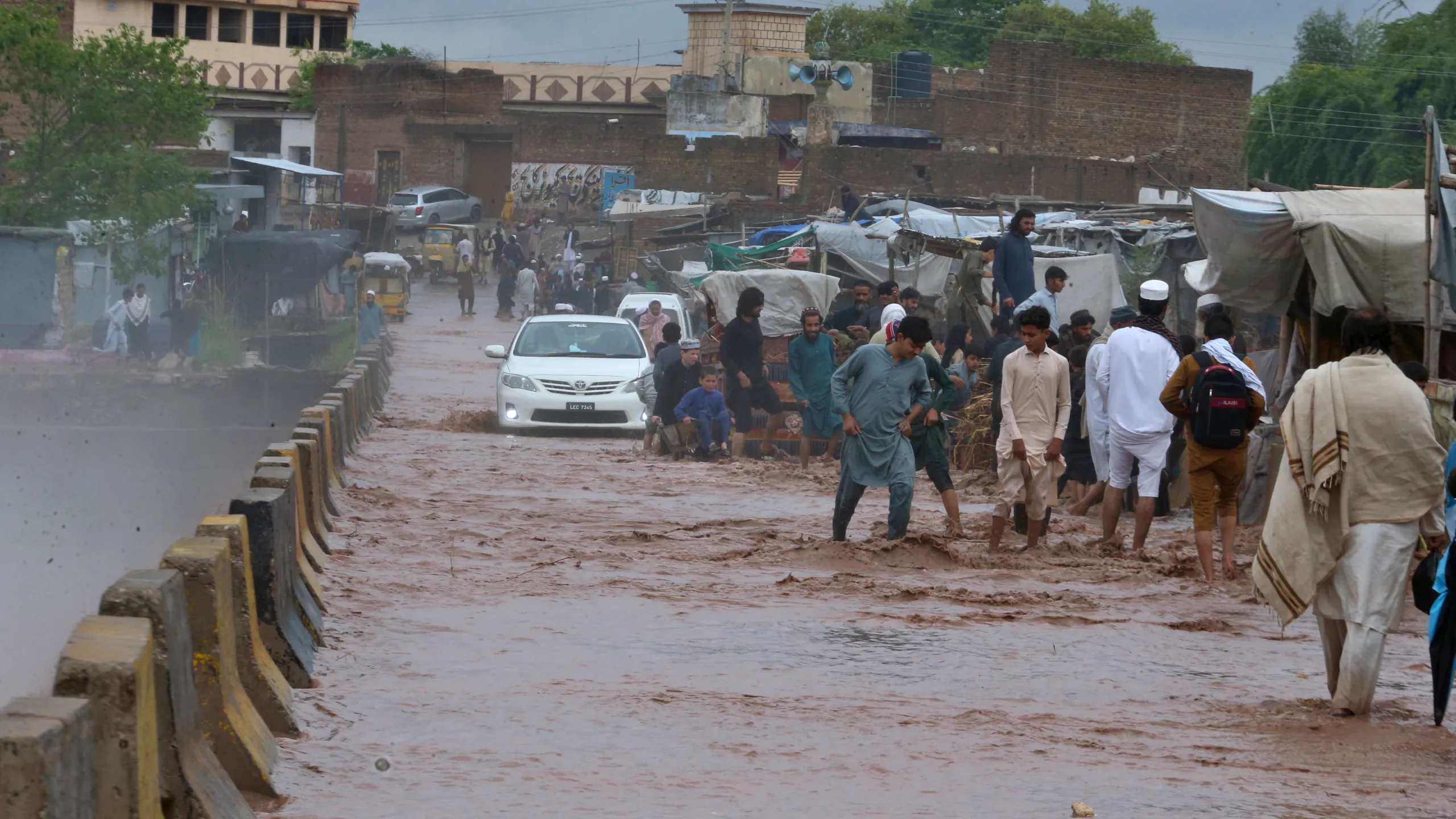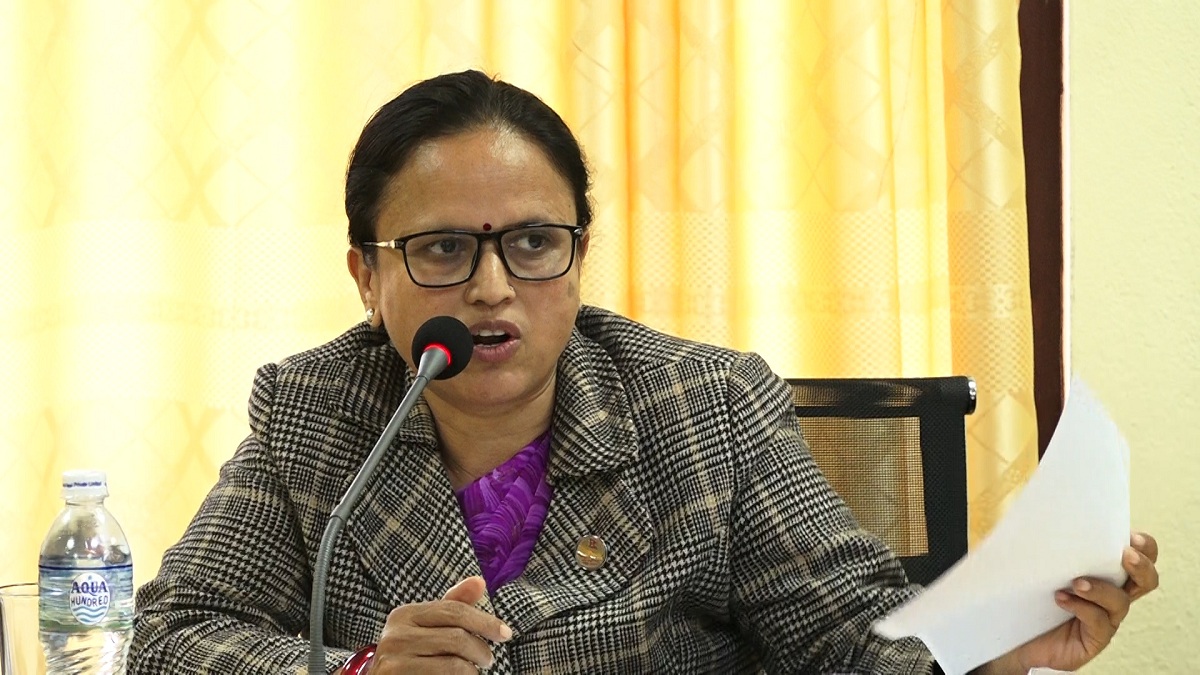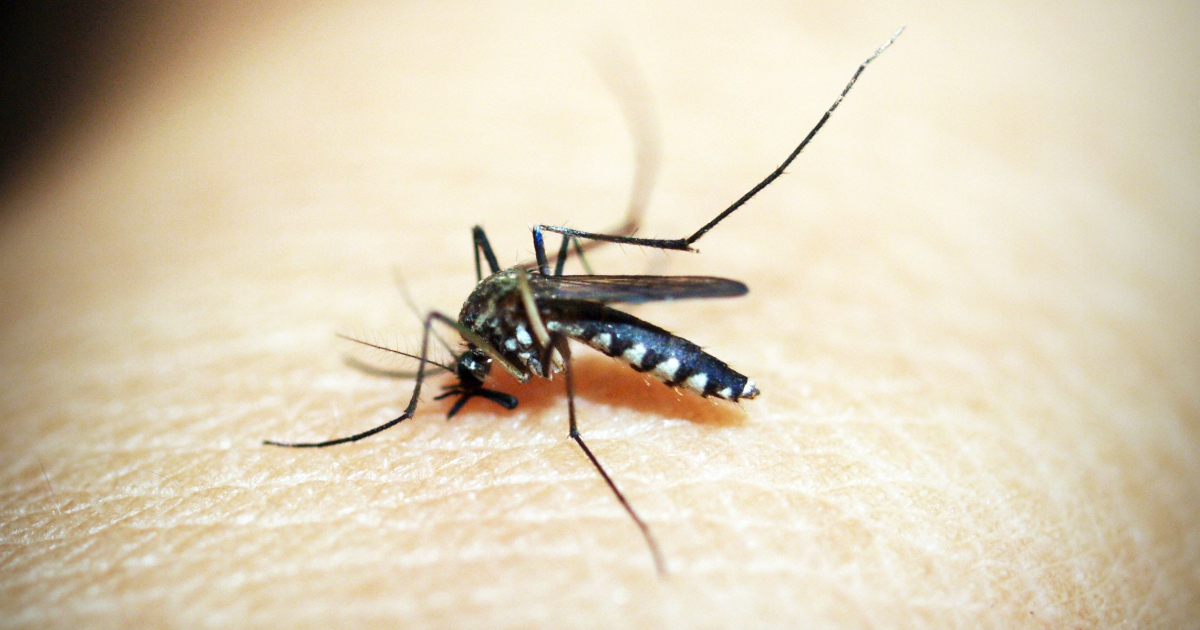A picturesque island with the cleanest air on Earth
"The strong westerly winds that buffet the Kennaook/Cape Grim air monitoring station have travelled thousands of kilometres over the icy Southern Ocean, making air measured here some of the cleanest in the world," said Dr Ann Stewart.
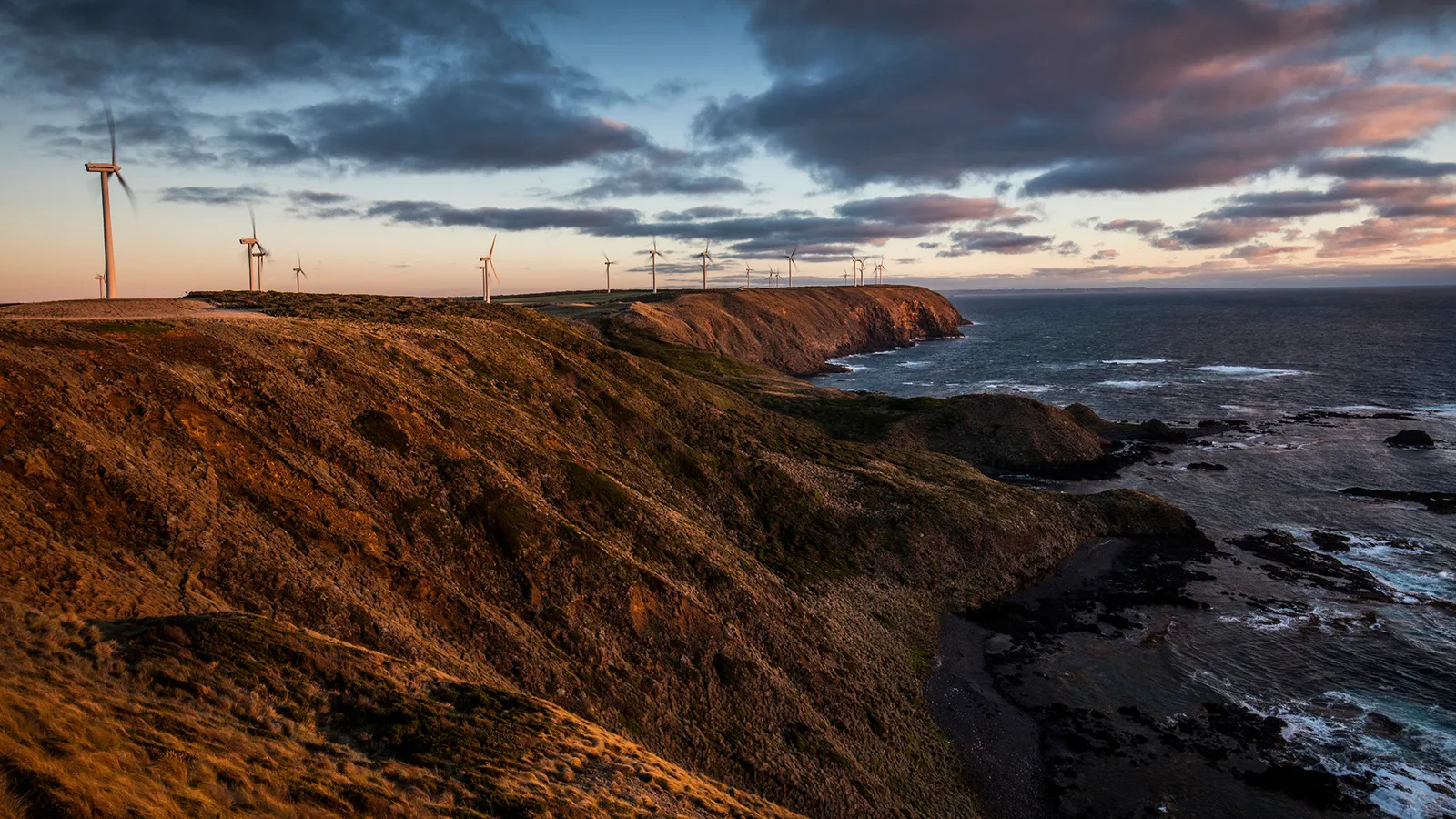
Extending off the rugged north-western tip of Australia’s island-state of Tasmania is a wildly remote peninsula with a bleak name: Cape Grim (officially Kennaook/Cape Grim).
Few travellers make it to this region known as the “Edge of the World”. But those who do come will find dramatic cliffs, windswept heaths and black-sand beaches in striking contrast to the verdant patchwork farmland on the hilltops.
This isolation has not only kept Cape Grim beautifully raw but given it an unusual claim to fame: this is where you’ll find some of the cleanest air on Earth, according to the air pollution station located on the cape.
One of 25 worldwide atmospheric stations, the cliff-top Cape Grim Baseline Atmospheric Pollution Station (CGBAPS) was created in 1976 to collect and analyse the composition of this pristine air, which is unaffected by local pollution sources such as exhaust fumes or industrial smoke.
“The strong westerly winds that buffet the Kennaook/Cape Grim air monitoring station have travelled thousands of kilometres over the icy Southern Ocean, making air measured here some of the cleanest in the world,” said Dr Ann Stewart, senior research scientist at the Commonwealth Scientific and Industrial Research Organisation (CSIRO), which jointly manages the site with the Australian Bureau of Meteorology (BoM).
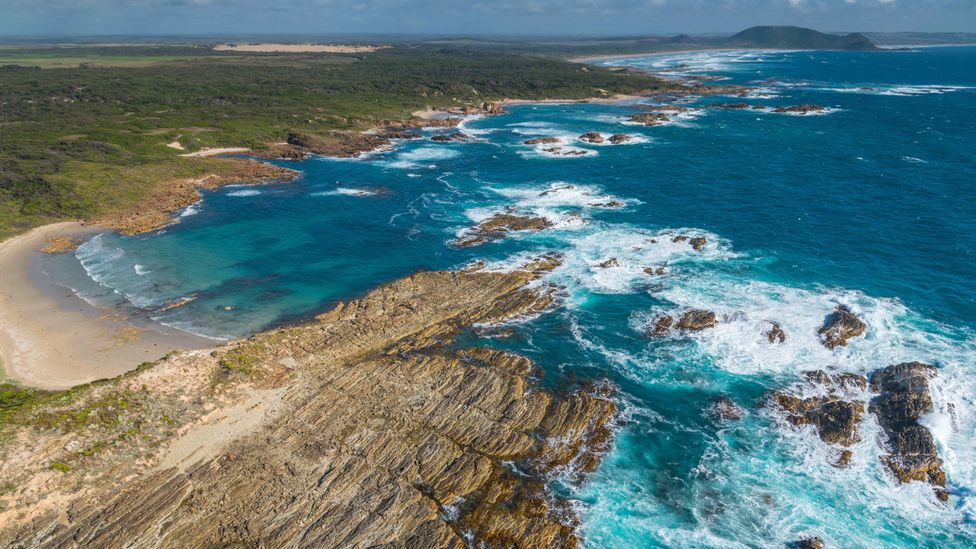
The station also plays an integral part in the world’s climate change research, chronicling stratospheric ozone depletion as well valuable weather and climate information such as temperature, rainfall, wind, humidity and solar radiation. These measurements are particularly important as they define how the composition of the global atmosphere has changed, and how it continues to evolve.
When the public got wind of these air samples being collected, offers came in from people who had scuba tanks in their garages. Their donations of air samples from these tanks means there’s now an air history from the region dating back to 1956.
Stand on Cape Grim’s craggy peaks and you’ll be blown away by the ferocious gusts that the region is famous for, which reach up to 180km/hr and carry unspoiled air from Antarctica.
The sea west of Tasmania is the longest uninterrupted expanse of ocean on the planet, and Cape Grim is the spot where the Roaring Forties – strong westerly winds between latitudes 40° and 50° that help make the Southern Ocean one of the most treacherous on Earth – crash into the coastline after a long journey across the sea. Since the wind has travelled across the entire ocean with no interference from landmasses, these are the cleanest air samples on Earth.
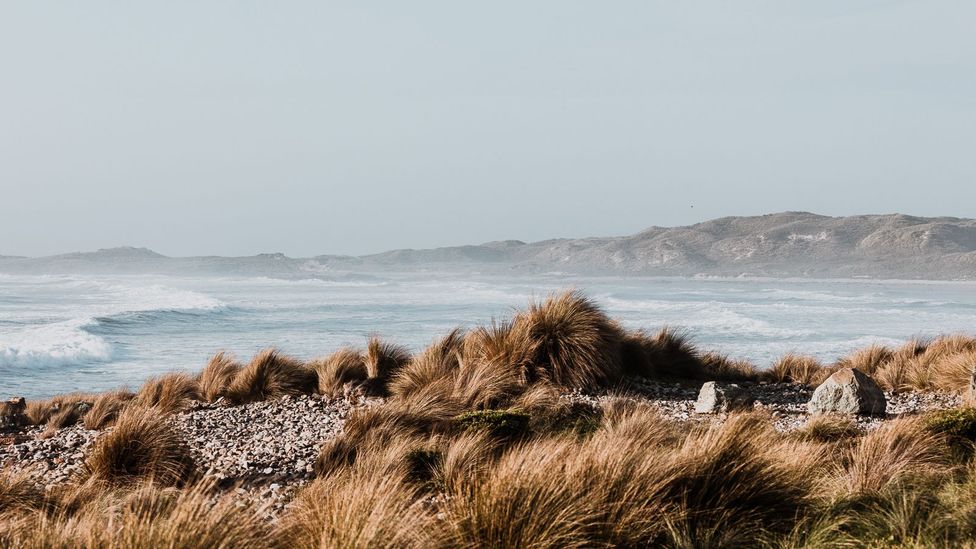
“Using wind speed and wind direction data we know that about 30% of the air reaching Cape Grim can be considered what scientists call “baseline”. That is, air that is not influenced by local atmospheric sources and sinks,” said Stewart, explaining that these measurements provide an indication of global average atmospheric concentrations. CGBAPS also measures “non-baseline air”, such as when the air mass has originated over Melbourne before travelling to the station.
“[The samples] serve as an air archive that can be measured at a later date when new gases are discovered or new instruments become available,” added Sarah Prior, officer in charge of CGBAPS. “It is just like a wine cellar but for air.”
Other remote clean air sites around the world include Mauna Loa station in Hawaii, Macquarie Island, Casey Station in Antarctica and the Svalbard town of Ny-Ålesund.
Cape Grim’s ferocious weather and dramatic cliffs were what first called Tasmanian landscape photographer Olivia Sattler here, and she says despite its wildness, turbulent weather and crashing waves, the region has “a quietness as well”.
“There are many rugged landscapes in Tasmania, but even though I have travelled around the state photographing them, I was still blown away with how remote and rugged the Cape Grim area is – it’s so beautiful and wild,” said Sattler. “The mist hovers over the waves and when the sun sets over the water you see amazing vibrant colours setting above the deep blues of the ocean. The fresh salty seaweed smell, rolling tussocky hills and the way the trees are bent out of shape away from the prevailing wind makes it feel like a coastal wilderness.”
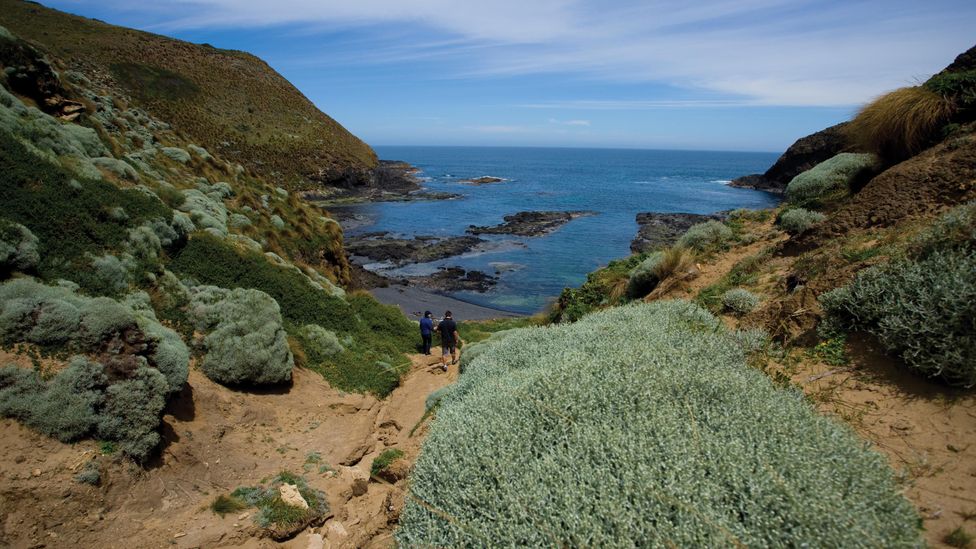
Sattler says that the weather, “slaps you in the face in winter, and even in summer I would pop a cardigan on to go to the beach because it can be chilly off the water. The weather is unrelenting but it’s what makes the area special.”
The purity of the environment is a marketer’s dream, with entrepreneurs producing everything from bottled rainwater to handcrafted vodka, whiskey and gin. An enterprising local even sells bottled Tasmanian air to provide people in polluted places around the world with a healthy blast of unsullied air (there’s around 130 inhalations of fresh Tasmanian air per canister).
This north-west region is also where you’ll find some of Tasmania’s finest produce. A self-drive Tasting Trail takes in tasty treats such as leatherwood honey from Blue Hills Honey, La Cántara artisan cheeses made from 100% Tasmanian milk, Tarkine Fresh oysters, Hursey rock lobster and giant crab. And Cape Grim beef is renowned for being among the best in the world.
One local beef producer, Richard Nicholls, lives on one of the last properties south of Cape Grim. He’s lived all his life in the tiny township of Marawah after his grandfather took a punt on a new life, moving across the world from his home in Devon, England.
“The landscape is forever changing in the winds, and we definitely get four seasons,” said Nicholls, who looks out onto the wind farm turbines and the CGBAPS from his home. “It’s not quite as distinct as in the past, though, they seem to roll into one another now. It’s very wet and I’ve only seen one or two bushfires here in my lifetime.”
Through a broken phone line with patchy reception, he told me he likes to take visitors to the 6.5km Green Point beach below his property, where pounding waves sculpt the rocky stretches of coastline and people come to fish and surf in the sometimes-dangerous conditions.
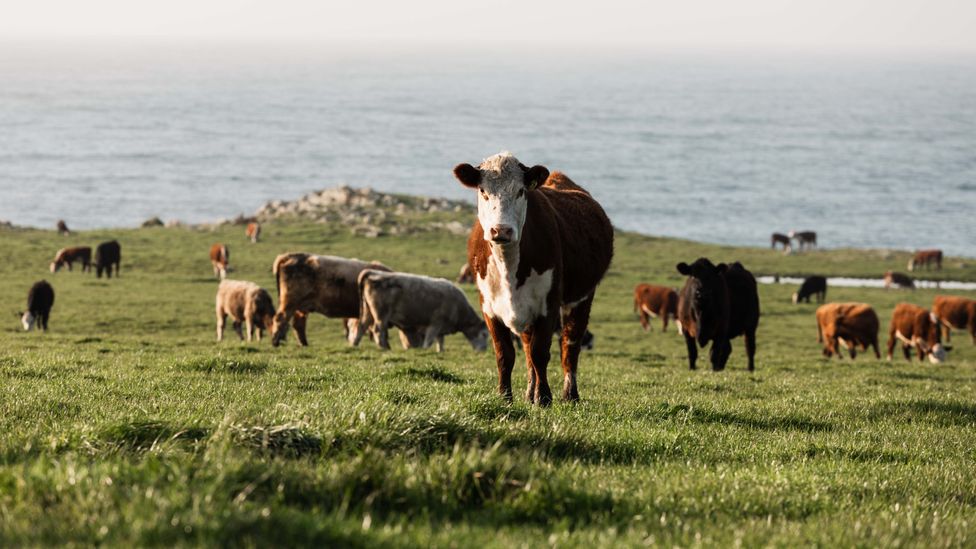
“The closest land mass to my property due west is South America, there’s roughly 16,000km with nothing between us,” said Nicholls. “If the nor-easterly wind blows for a couple of days, most people do go a bit stir crazy – some days the crashing waves really roar.”
At night, he says the night skies can be clear as a bell, making for spectacular stargazing.
“It’s a natural beauty here,” said Nicholls. “If you like the ruggedness of the beach, being off the beaten track with not too many people, it’s the place to be. The locals here like the quiet, and like any outback place in Australia – you do get characters but it’s generally a friendly and good community.”
He said it’s the sort of place that’s worth coming and having a look: “It’s hard to describe it because it’s always been home and natural to me, but I’ve got one place on a high hill that I take visitors to have a look out over the sea and people are just blown away. It has to be the lushest, cleanest and greenest place in the world.”
(Feature Image Credit:- Sean Scott)
-Dani Wright/BBC




